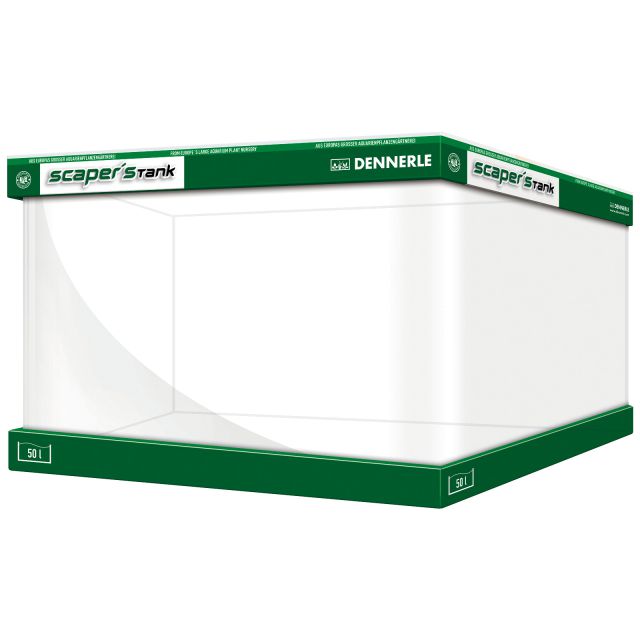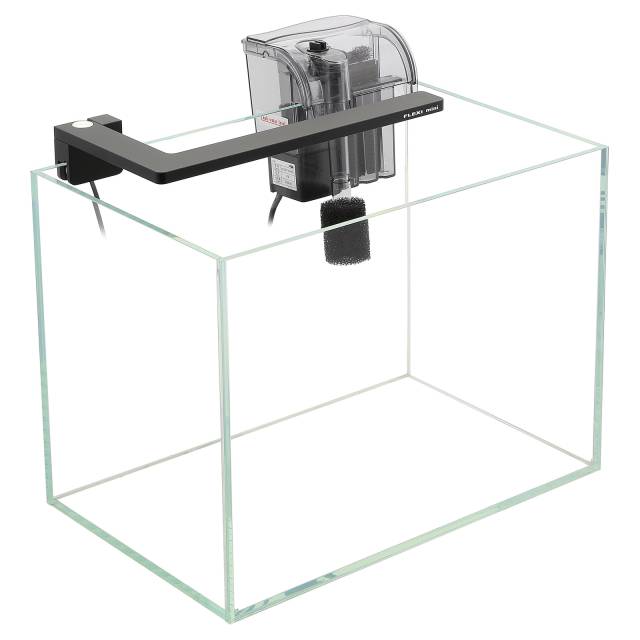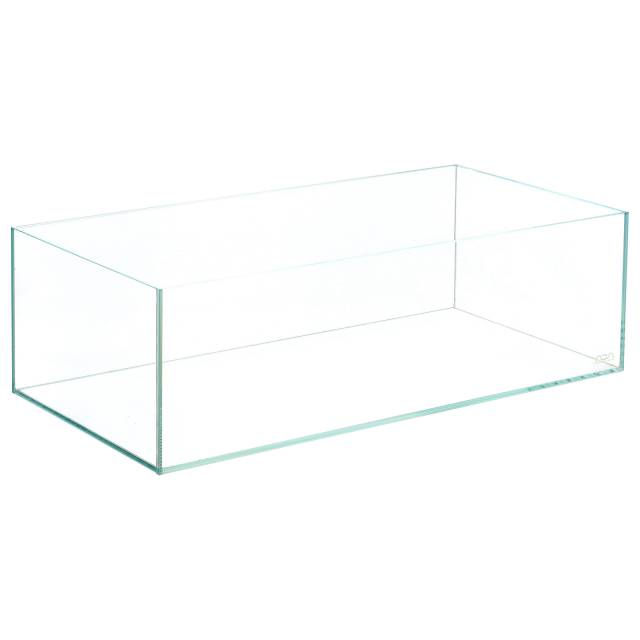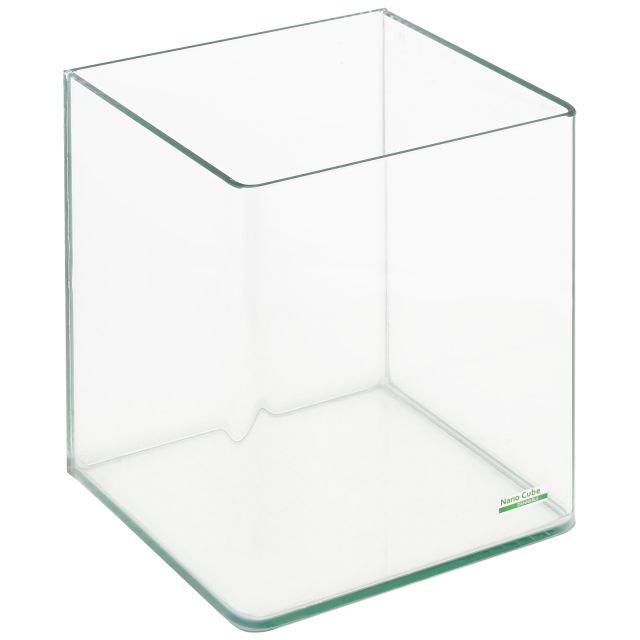The many different needs and preferences of aquarium hobbyists are met with an equally large number of different aquarium sizes and shapes that are commercially available. In the following, we'd like to show you the formats that are particularly well-suited for aquascaping, i.e. for the design of underwater landscapes.
While standard aquariums used to have more height than width to provide the fish with more vertical swimming space, some special aquascaping tanks now come with more width but with a less pronounced height. An aquarium that's wider towards the back, in combination with a good front length, offers a much larger playground for your layout design, and it enables you to arrange the hardscape and the aquatic plants in various optical layers. This creates a much more striking spatial effect (you can read up on that topic in our article "Creating a three-dimensional layout with a pronounced sense of depth"). Whether the width of the tank is optimal for an aquascape, however, depends on the relation to its length. The interaction of these two dimensions is crucial for a harmonious overall picture. The width of a tank should be at least half the length, or maybe even a bit more. An example: a tank with a front length of 60 cm should be at least 30 cm wide. Popular aquascaping tanks such as the ADA 60-P meet these requirements. The Scaper's Tanks by Dennerle are especially wide. Here the width is about 80% of the length, which gives us a lot of room to play with.

Dennerle - Scaper's Tank
The optimum standard measure for the height of a tank is also estimated to be about half the edge length. Usually, a few centimeters are added to compensate for the optical loss due to the thickness of the substrate layer on the ground and the water level, which is always slightly below the edge of the aquarium glass.

This tank from in the FLEXI-Mini Scape Set by Azoo has a length of 32 cm and a height of 24 cm.
Panoramic format
Aquariums look especially…landscapey when they are built in the so-called panorama format. Here, a much lower height is chosen in relation to the length. In panorama aquariums, as a rule, it is a one-to-three ratio. Especially nice examples of this format are the aquariums 60-F or 45-F by ADA.

Due to their low height, the use of high-growing stem plants is not really recommendable in these tanks. It is better to use smaller ground-covering plant species for such an aquascape. In combination with the right hardscape materials (for example stones) that remind the viewer of rugged mountains, low-growing plants give a good illusion of a landscape.
Cubic format
The very popular "Nano Cubes" have a much smaller footprint compared with a longish, rectangular tank. However, the higher build allows the aquascaper to arrange much more impressive stone or driftwood layouts. Fast-growing stem plants can be used here very nicely. Cube tanks have - as their name says - a cubic design (length, width and height are more or less identical). Precisely because of their compact appearance, cubes impress with their unique design. The significantly smaller footprint compared to standard aquariums enables you to accommodate such a small nano aquarium even in confined spaces, such as on a desk or a chest of drawers. In this respect, aquascapes in "Nano Cubes" are an extraordinary highlight in any living room ambience.

This format is especially popular among shrimp keepers. In such a small nano aquarium, many dwarf shrimp species of the genera Caridina or Neocaridina can be kept extraordinarily well.